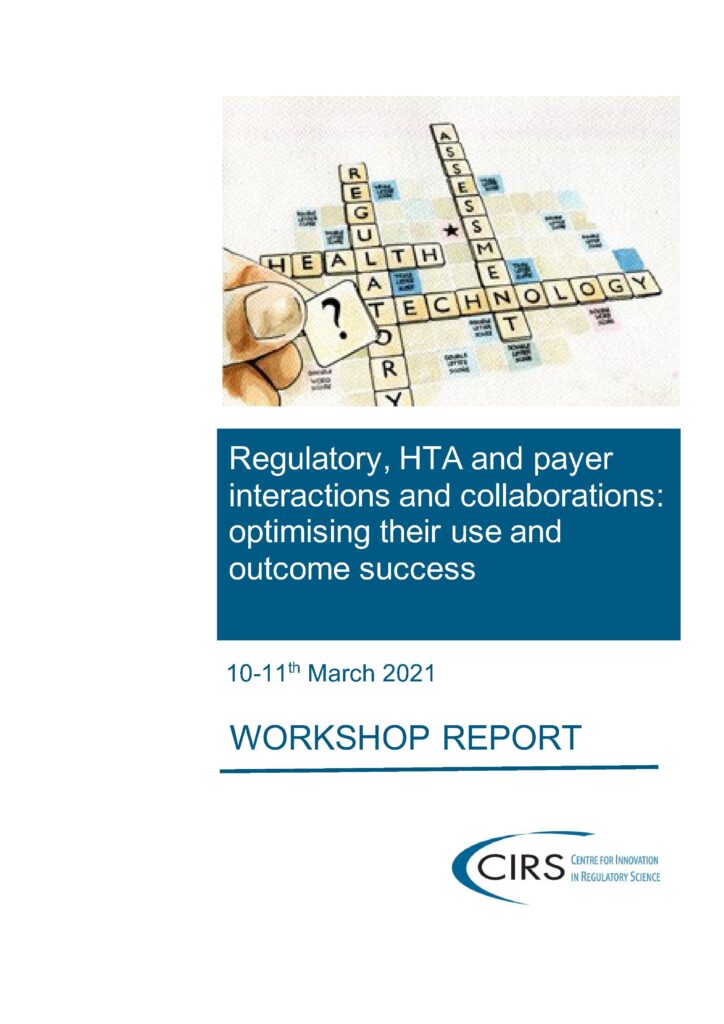Over the last five years, regulatory and HTA interactions, as well multi-HTA and multi-regulatory interactions and collaborations, have evolved in thinking and mutual activities both at a product level as well as at a policy and cross jurisdictional level. This is not just around providing early scientific advice, but also activities related to horizon scanning, ways to collaborate on registries and other forms of post approval evidence generation to ensure work done by one agency can be reused by another. These channels of communication and networks for interactions are being tested in the current COVID-19 pandemic, which may illuminate both challenges and opportunities as both new medicines and repurposed medicines are developed, and their assessment accelerated.
CIRS, therefore, proposed that its 2021 March workshop should provide a platform for discussion on the new ecosystem of interactions and collaborations between and within the different stakeholders (HTA agencies, regulators, payers and companies), informed by the learnings on new development and regulatory models discussed in the CIRS December 2020 workshop. The aim was to understand the impact of these collaborations on the development, regulatory review and HTA assessment/reimbursement space.
Workshop objectives
- Discuss the current and future landscape for interactions and collaborations within and across the key stakeholders: companies, HTAs, regulators, payers.
- Identify through case studies the key areas, types of interactions and collaborations between stakeholders that are effective, as well as the challenges and opportunities.
- Understand the value-add these interactions and collaborations bring to enabling improved decision making by the stakeholders as well as how to address divergences and limitations.
- Make recommendations on what can be learnt across jurisdictions from the current initiatives so as to inform the future evolution of stakeholder interactions and collaborations and how they can enable better evidence generation as well as improved outcomes for patient access.

